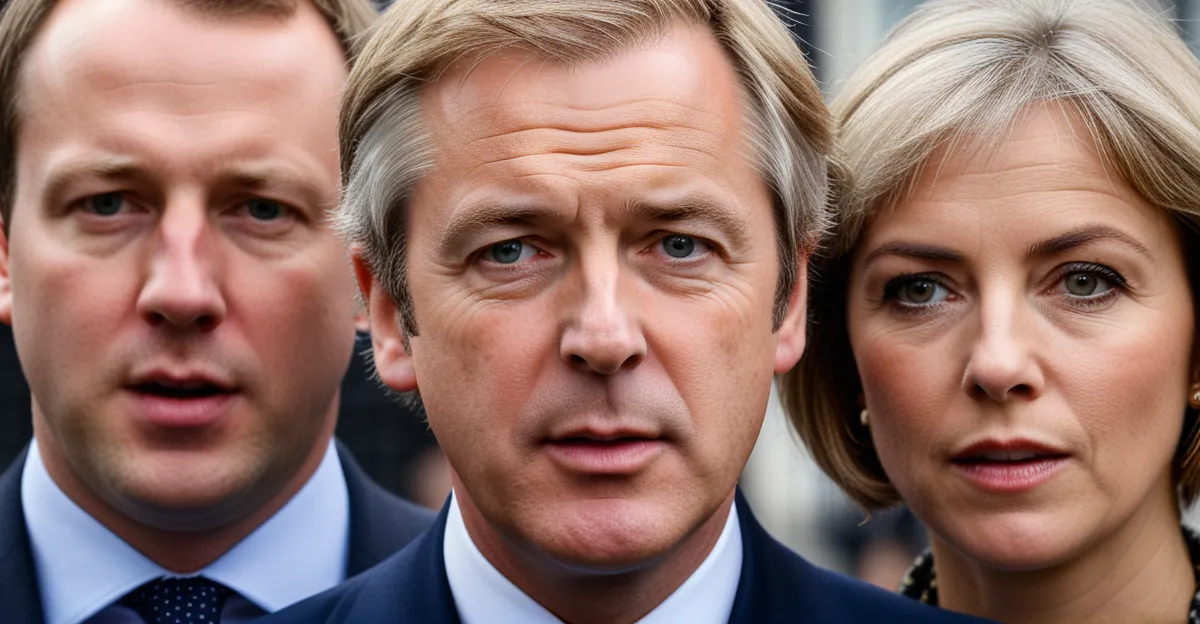Overview of Brexit and Economic Stability
Brexit, shorthand for “British Exit,” refers to the United Kingdom’s decision to leave the European Union, formally initiated by the 2016 referendum and completed in 2020. This marked a significant shift in the UK’s political and economic landscape, introducing a new post-Brexit context rife with uncertainty.
Economic stability in the UK refers to the consistent performance and resilience of its economy, characterized by steady growth, low inflation, and manageable unemployment levels. The UK economic stability hinges on factors such as trade relations, currency strength, and investment flows—all of which faced testing during the Brexit transition.
Also read : What Role Does the UK Play in Global Technology Advancements?
Immediate concerns following Brexit involved fears of disrupted trade, potential loss of investment, and volatility in the British pound. Businesses worried about regulatory changes and market access, while consumers faced uncertainties over prices and job security. The Brexit overview thus includes both the political shift and its tangible impact on the UK’s economic confidence and stability during this critical period.
Key Economic Indicators Affected by Brexit
Brexit had tangible effects on several key economic indicators. One of the most apparent was the change in the UK’s GDP trends post-Brexit. Before Brexit, the UK experienced steady GDP growth averaging around 2% annually. However, after the formal exit in 2020, GDP growth slowed, affected by uncertainties and disruptions in trade and investment. Economic data demonstrate that growth became more volatile, with some quarters showing contraction due to interrupted supply chains and cautious business sentiment.
Additional reading : How Could Recent Political Changes in the UK Affect Future Elections?
The UK currency performance also reflected Brexit’s influence. The British pound weakened notably around the referendum and subsequent negotiations, losing value against major currencies such as the US dollar and euro. This depreciation affected import costs and inflation but provided some competitiveness benefits to exporters.
Business investment, both domestic and foreign, showed a marked decline in the post-Brexit context. Firms faced increased regulatory complexities and unpredictability in market access, leading to deferred or reduced investments. This trend further impacted economic momentum.
Overall, Brexit reshaped critical economic metrics, with direct consequences for UK economic stability, demonstrating the challenges in adjusting to the new post-Brexit context.
Impact on Trade and Trade Relations
Brexit profoundly reshaped UK-EU trade relations, which historically represented a significant portion of the UK’s total trade. The post-Brexit context introduced new customs checks, regulatory divergence, and border controls, leading to increased friction in cross-border commerce. This resulted in a noticeable decline in trade volume with EU partners, especially in sectors dependent on just-in-time supply chains such as automotive and manufacturing.
Trade agreements post-Brexit have aimed to mitigate these challenges, but they often come with compromises. The UK secured a trade deal with the EU allowing tariff-free and quota-free trade for goods that meet rules of origin requirements. However, non-tariff barriers, such as customs paperwork and regulatory checks, have slowed the movement of goods, affecting UK economic stability by increasing costs and delivery times.
In response, the UK sought new trade deals globally to diversify export markets. While these agreements open opportunities, adjusting to new rules and establishing market presence takes time. Import and export changes have been especially acute for agricultural and fisheries sectors, which faced both regulatory hurdles and quota restrictions. Overall, trade relations post-Brexit present both challenges and pathways for the UK’s evolving economic landscape.
Long-term Economic Implications and Future Outlook
Brexit’s long-term economic impact on the UK is complex and multifaceted. Experts agree that while immediate disruptions have been addressed over time, the structural changes introduced by Brexit continue to influence the UK economy. One key area is the uncertainty around trade and investment flows, which underpin UK future economic stability. Projections post-Brexit suggest slower growth compared to pre-Brexit trends, with some forecasts indicating potential GDP growth rates below historical averages.
Analysts emphasize that the UK’s ability to adjust regulatory frameworks and secure broader trade agreements will be crucial. Success in attracting new investment depends on clear, consistent policies that reduce uncertainty in the post-Brexit context. The UK’s shift toward global markets, while promising, requires time to translate into sustained economic momentum.
Several scenarios are possible: continued adaptation with moderate growth, or prolonged challenges if trade barriers and investment hesitations persist. Policymakers focus on supporting innovation, workforce skills, and infrastructure improvements to bolster resilience. Thus, safeguarding UK economic stability involves both mitigating Brexit’s lingering effects and capitalizing on emerging global opportunities through strategic planning.









